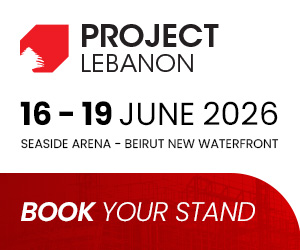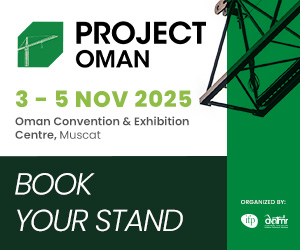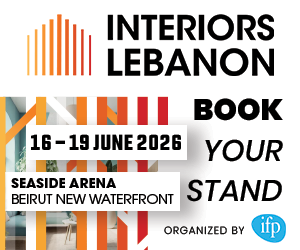Massive investments in infrastructure make for an excellent outlook for Qatar’s construction sector. The nation’s rising population, growing economy, increasing diversification and the forthcoming FIFA 2022 World Cup are all contributing factors.
According to Mohamed Bin Saleh Al Sada, the minister of energy and industry, Qatar will invest around QR70bn ($19.21bn) on its electricity and water utilities through 2021 to meet rising demand. Some QR30bn ($8.23bn) will go to the power sector, with a further QR22bn ($6.04bn) allotted to expanding the water system.
The country’s utilities body, Kahramaa, has already approved 20 projects related to water and power, according to Al Sada, who added that infrastructure schemes to support the country’s industrial and agricultural needs would be announced in the near future.
Qatar is one of the world’s driest countries, making water security a pressing issue. The country relies on desalination, a costly process involving capital-intensive plants and substantial energy inputs, for 99.9% of its water supply, according to international press reports. Demand is growing – consumption has risen from 83m gallons per day (g/d) in 2000 to more than 235m g/d in 2012, and is forecast to reach 361m g/d by 2020.
Investment will not only go to increasing desalination capacity, but to a major expansion of storage and improvements to the water system’s efficiency, including reducing waste and enhancing recycling. Al Sada also said that GCC member states should work more closely together on developing water circulation technology. The countries share similar challenges with regard to water supply, and pooling their considerable resources and growing research capacity could be beneficial. Nevertheless, consumption continues to grow, and with the population forecast to continue to increase, the authorities are working to ensure that supply keeps ahead.
The private sector looks set to play a leading role in the financing, construction and management of new utilities, as Qatar has been a regional leader in independent water and power projects (IWPPs), in which private firms take an ownership stake.
The Middle East and North Africa (MENA) region’s largest single-site producers of power and water, for example, and one of the biggest in the world, is Ras Girtas, a Qatari IWPP that commenced operations in 2011. The site has a current production capacity of 2730 MW and 286,404 cu meters of water per day and is expected to supply around 30% of the country’s total electricity and 20% of its potable water when fully operational.
Private foreign investors own 40% of the consortium running the plant, with France’s GDF Suez taking a 20% stake, and Japanese firms Mitsui and Chubu Electric Power Company taking a 10% stake, and Yonden taking 5%.
Utilities are an important part of a wider infrastructure development drive currently underway, worth an estimated $100bn over the next five years. Transportation is another area on which the country is focusing its considerable resources to support long-term economic growth and ease pressure on the system from rising traffic volumes. Road improvements, including bridges and tunnels, are an important part of the transportation plan, but it is big-ticket projects that have caught international attention.
The $14.5bn New Doha International Airport (NDIA) is due to open later this year, and last autumn, transport officials said the country was lining up QR40bn ($10.98bn) in investment in three integrated rail projects that will link the country to the wider Gulf Railway.
The three rail projects consist of a mainline network, the Lusail light railway and the Doha Metro. The first phase of the mainline (or long distance) network is due to be completed by 2021, in time for the World Cup in 2022, with further phases coming over the longer term.
Oxford Business Group
18 May















































































